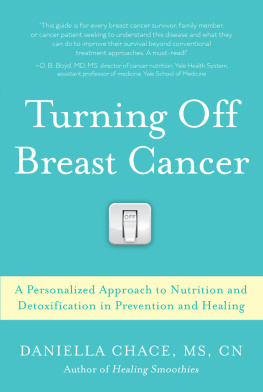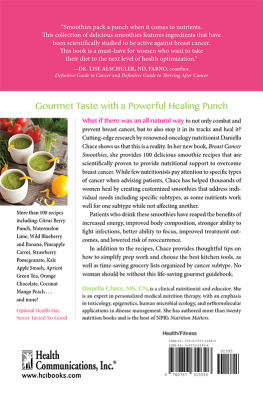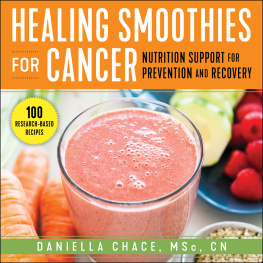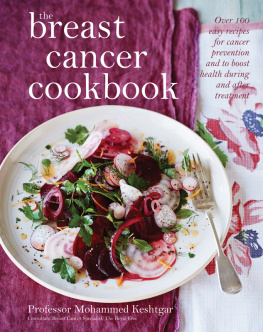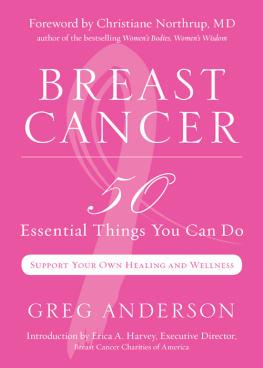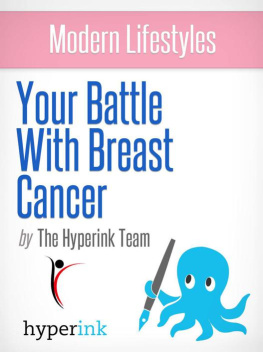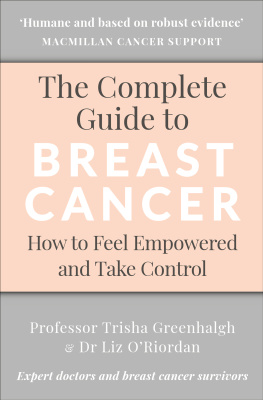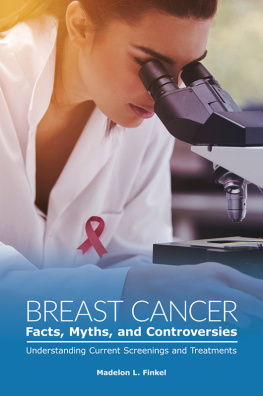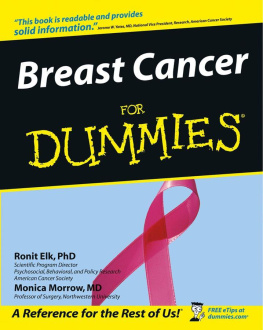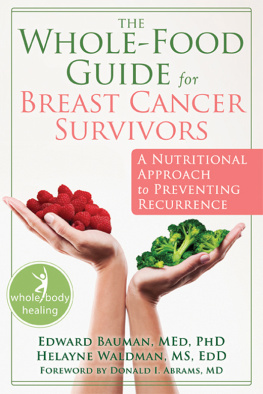Copyright 2015 by Daniella Chace, MS, CN
All rights reserved. No part of this book may be reproduced in any manner without the express written consent of the publisher, except in the case of brief excerpts in critical reviews or articles. All inquiries should be addressed to Skyhorse Publishing, 307 West 36th Street, 11th Floor, New York, NY 10018.
Skyhorse Publishing books may be purchased in bulk at special discounts for sales promotion, corporate gifts, fund-raising, or educational purposes. Special editions can also be created to specifications. For details, contact the Special Sales Department, Skyhorse Publishing, 307 West 36th Street, 11th Floor, New York, NY 10018 or .
Skyhorse and Skyhorse Publishing are registered trademarks of Skyhorse Publishing, Inc., a Delaware corporation.
Visit our website at www.skyhorsepublishing.com.
10 9 8 7 6 5 4 3 2 1
Library of Congress Cataloging-in-Publication Data is available on file.
Cover design by Georgia Morrissey
Cover photo courtesy of Shutterstock
Interior art by Julie Read, www.artbyjulieread.com
Print ISBN: 978-1-63220-445-5
Ebook ISBN: 978-1-63220-758-6
Printed in the United States of America
CONTENTS
Dedication
Linda Landkammer, my dear mother, who inspires and guides by example.
Acknowledgments
Patrick Jennings, for his support during this intense period of research and writing.
Helen Gray, for her proofreading and endless enthusiasm for nutrition and healing.
Bonnie Story, Keven Elliff, and Tina Amen, who are the experts I rely on to make it all happen.
Abigail Gehring, my editor at Skyhorse, for her vision and commitment to this book.
Dr. David S. Moore, Dr. Neil Barnard, Dr. Colin Campbell, Dr. Joel Fuhrman, Dr. Barry Boyd, Dr. Barbara McClintock, Dr. David C. Seldin, Dr. Gail E. Sonenshein, Dr. Stefano Monti, Dr. Charlotte Kuperwasser, Dr. Andrea Girman, Dr. Bradford Weeks, Dr. Lise Alchuler, Dr. Walter Crinnion, Dr. Sandra Poling, and Dr. Paul Rubin, who blazed the trail to this new era of health care.
INTRODUCTION
TREATING THE CAUSE RATHER THAN THE SYMPTOMS
We find ourselves in a tremendously exciting time in integrative oncology care. There is a wealth of new breast cancer research from clinical trials around the world, providing many of the answers to our questions about the factors that trigger, promote, heal, and prevent breast cancer. We now have a much fuller picture of breast cancer and know that it is an issue of internal cellular miscommunication caused by toxins, nutrient deficiencies, and microbial imbalance.
A MULTIFACTORIAL DISEASE
As breast cancer is a complex condition in which many factors play a role, targeted interventions must be used to correct these varied imbalances to effectively reverse its trajectory. These interventions decrease risk and increase healing and prevention.
ENVIRONMENT AND LIFESTYLE
Only about 25 percent of breast cancer cases result from inherited genes that carry a risk for cancer. Most cases of breast cancer result from changes caused by environmental and lifestyle factors. An imbalance in one areasuch as lack of sleep, exercise, nutrients, gut flora, and social connection or an excess of toxins, hormones, stress, or medicationscan increase the risk of breast cancer, and a combination of two or more imbalances substantially increases risk.
GENETIC TRIGGERS
There was a long-held belief that genes had a permanent plan for our biology. It is now understood that many of our genetic markers for cancer will not necessarily be expressed and that environmental factors such as toxins, nutrients, and hormones control whether our genes will direct our cells to develop cancer.
POLYMORPHISMS
Poly (many) morphisms (distortions) are abnormal codes in our genes that are affected by unhealthy chemicals such as toxins and healthy chemicals such as nutrients. We have all been exposed to toxins through our environment and nutrients through our food so our genes are in various phases of distortions. Toxins create weaknesses in our genes that have the potential to turn on breast cancer pathways, which means they can trigger gene expression. Once a gene has been triggered it then expresses directives such as cell growth. The affects that these triggers have on genes is the science of epigenetics.
Epigenetic tests can identify potential problems in our personal genetic code. This gives us the opportunity to address these specific weaknesses directly. Supporting our bodies in overcoming these inefficiencies can play a significant role in reducing cancer development.
BREAST CANCER EPIGENETICS
Specific nutrients and toxins can turn cancer cells off or on. For example, piperine, found in concentrated amounts in black pepper, has an epigenetic effect, which can change the expression of genes, even ones that are programmed for cancer. And peppercorns are just one of hundreds of foods that have been found to contain nutrients that target breast cancer.
Over the last decade there has been a tremendous surge in research identifying the nutrients that directly change the course of breast cancer. A few examples of nutrients that play key roles include folate, vitamin D, carotenoids, melatonin, selenium, flavonols, and sulfur compounds.
Many of the foods found to affect breast cancer provide their benefits via normalization of DNA methylation, which is the key that turns genes off and on. Microbes are the living organisms that exist in the trillions throughout our digestive systems. They live symbiotically with us, in our gut and on our bodies. These organisms are necessary for our health and we need them to flourish to support the methylation process and to help us absorb food nutrients.
THE MICROBIOME
New microbiome research has increased our understanding of the role of microbes in disease and has shown us that our bodies are living laboratories of symbiotic and pathogenic bacteria. These organisms play key roles in cancer development, cognitive function, nutrient metabolism, protection from infectious agents, and immune regulation.
BREAST CARCINOGENS
There are a handful of common toxins that are known carcinogens that target breast cells. These include heavy metals, phthalates, and polyaromatic hydrocarbons. Because these toxins are so prevalent in our modern lives, and breast cancer is such a common health problem, we should all be taking measures to avoid exposure to toxins. Those with breast cancer are often found to have significantly higher levels of one or more of these compounds in their bodies.
While this indicates that we need changes in environmental regulation to protect us all from these carcinogens, it more directly confirms that testing for toxins should be a primary strategy in all breast cancer healing plans.
PERSONALIZED APPROACH
Applying nutrition, toxicology, epigenetics, and microbiology in breast cancer care is an effective strategy because imbalances in these areas create the environment that allows breast cancer cell development.
EVIDENCE-INFORMED DECISIONS
The recent research that has brought us to an understanding of these known causes of breast cancer is absolutely thrilling. As a practitioner, I find these discoveries, and the protocols based on them, to be empowering for patients, who now have the ability to remediate many of these issues in their own bodies. This book describes this exciting new research and breaks it down into concrete steps that can be taken to reduce risk and heal breast cancer.

